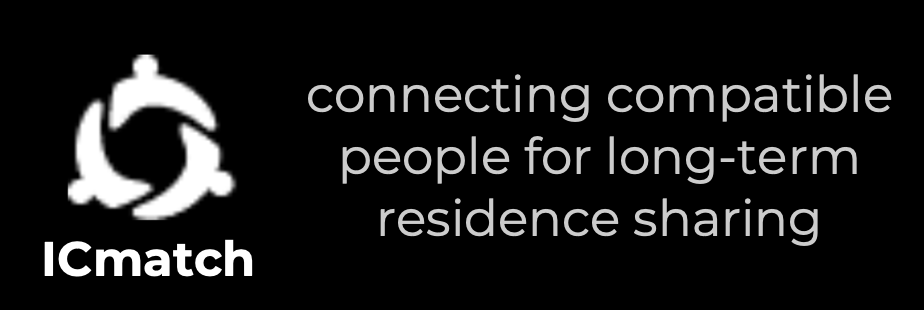Author: Ma’ikwe Schaub Ludwig
Published in Communities Magazine Issue #155
As I understand that others have been invited to respond as well, I’m going to limit my comments to a particular aspect of Diana’s article: the opening sequence where she describes a scenario that contributes to her conclusion that consensus isn’t the best option for most communities. Compelling stories are a great way to bring attention to potential problems; where it gets interesting is when we have different takes on what to do in the moment of the presenting situation. My conclusions are not the same as Diana’s.
The scenario Diana describes is a complex one. You have a group committed to consensus and a member asserting their right to block. You have a general description that indicates hostility within the group. And you have a dynamic described where the blocker is challenged on their affect, and “acting out” behavior, with not a lot of attempt to connect with the person struggling. What is a process consultant to do?
The first thing I’d do is back up. I’d want to know more about the group, exhibiting a primary consensus tool of curiosity when things go awry. Here are the questions I’d ask:
● What is this group’s commitment to conflict resolution?
● What is the group’s commitment to training?
● If this is a pattern, when did it start, and what has happened in the interim that makes this now feel like a very uphill battle?
Let’s take them one at a time.
1) What is this group’s commitment to conflict resolution?
Consensus makes conflict resolution non-optional. It is simply intolerable to be in major conflict with someone with whom you have to cultivate deep listening on a regular basis. One of the gifts of consensus is that it makes us deal with our stuff. If members are blowing up at each other, threatening each other, etc., I’d say the more immediate problem isn’t how you make decisions, it is how you resolve tensions. Conflict can seem worse in consensus groups not because consensus is flawed but because the stakes are higher and the need for real conflict resolution is more in your face. You simply can’t blow each other off as readily: it’s against the rules we’ve agreed on collectively.
While I’m not going to say consensus is for everyone, I am going to say that things being hard doesn’t mean giving up is the right answer. Conflict in a consensus-based group is a lot like a cultural healing crisis in natural healing: you’ve applied a remedy to the illness and as it starts working, things can get dramatic and intense for a while, and it looks for a time like the remedy is making things worse rather than better. It’s like a detox period. If the group can get through this period and stick with it, what you get on the other side is a significant gain in how you relate as fellow human beings. For people interested in cultural change, this is the real, juicy stuff.
2) What is the group’s commitment to training?
I generally say that while I’m an advocate of consensus, I don’t think that it is possible to do it while running default patterns we all carry from the wider culture. Reworking patterns on a personal level can require personal growth, spiritual work, therapy, etc. Reworking them on a group level requires training. Often, groups are too proud to get trained. We think we are pioneers (and of course we are), we have a commitment to self-sufficiency (which is a great thing), we are too busy for our own good (welcome to modern American life), or we are suffering from simple ego (who among us isn’t). And so we don’t get trained. And then the fireworks start.
I wondered as I read this opening sequence if maybe the group in question hadn’t fallen into one of these traps.
The most critical thing a group learns in good consensus training isn’t mechanics (which I’d say systems like sociocracy and N Street’s approach address) but about the spirit of consensus: understanding that we each have a piece of the truth. Bridging between these pieces of the truth to find what is best for the group is a lot more central to having functional consensus than any particular procedure you might use.
3) If this is a pattern, when did it start, and what has happened in the interim that makes this now feel like a very uphill battle?
When I hear a story like this, I always want to understand the context. It sounds awful, right? Some characters sound completely irrational, while others come across as guardian heroes upholding a community virtue of some sort. But I think this is rarely the whole truth, and the stories we tell almost always capture as much about the person telling the tale as they do about the nature of the problems the group is facing. (I don’t just mean Diana in this article; I mean all of us.) I’d assume that this group of people got on trajectories a long time ago that have landed them where they are, and also assume that getting back to a stable, respectful environment is going to take some serious backing away from current positions.
Once a group has gotten to this painful place, changing the mechanics of their specific consensus process, or even scrapping consensus completely, isn’t going to fix it. You’ll have the patterns in place no matter how you decide to move forward. The work at this point is facing down the patterns and recommitting to relationship. I’d advise this group to not head directly for the exit, but first attend to relationship.
At its heart, consensus is about getting the full picture and being able to hold others’ perspectives as important, and other people as worthy of care and consideration. Rather than playing up the drama of a moment and drawing conclusions based on that moment, I’d want to understand how the moment was arrived at.















